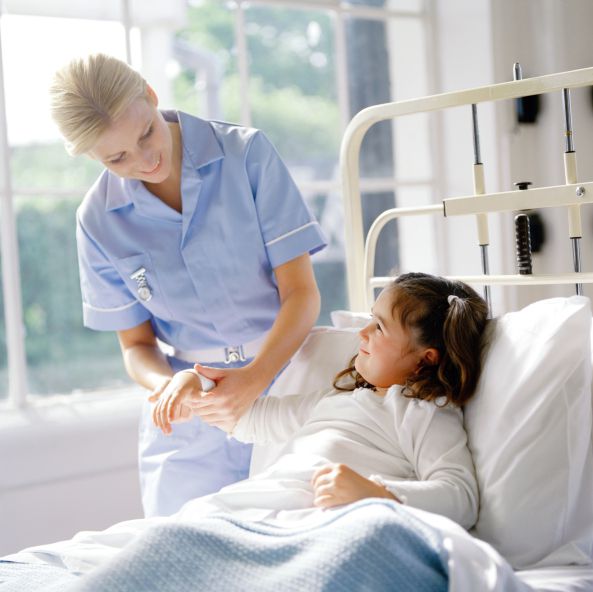Hospitalisation rates for juvenile arthritis are increasing, according to a report released today by the Australian Institute of Health and Welfare (AIHW).
The report, A snapshot of juvenile arthritis, examines the prevalence, treatment and experience of arthritis in children aged 0 to 15 years old.
‘Juvenile arthritis is estimated to affect about 0.3% of Australian children. The evidence is limited, but suggests that more girls suffer from juvenile arthritis than boys,’ said AIHW spokesperson Nigel Harding.
The report shows that in the 10 years from 2000-01 to 2009-10, hospitalisations for children with juvenile arthritis tripled.
The hospitalisation rate rose from 8.8 per 100,000 people in 2000-01 to 28.9 per 100,000 people in 2009-10. Girls accounted for most of this increase.
‘There are a few possible explanations for the increase in the hospitalisation rate,’ Mr Harding said.
‘These include an increase in the number of children with the condition, changes in hospital admission practices for this condition, changes in the procedures available to treat the condition in hospital, and broader changes in the way this condition is managed in the health care system.’
It is not yet known which of these factors are contributing to the increasing hospitalisation rate for juvenile arthritis among girls.
‘Living with juvenile arthritis can be challenging at any age, and its impact during adolescence may be particularly difficult,’ Mr Harding said.
‘Growth and puberty can be affected, and pain, stiffness and fatigue associated with juvenile arthritis can lead to impaired psychological wellbeing, functional limitation, and reduced participation in school and social activities.’
In the past decade, a new class of medicine, referred to as biologic disease-modifying anti-rheumatic drugs (bDMARDs), became available for treatment of juvenile arthritis in Australia, broadening the treatment options.
While the total expenditure on medicines used to manage juvenile arthritis is not known, the Australian Government subsidies paid for bDMARDs have increased each year since their introduction, to $4.7 million in 2011.











